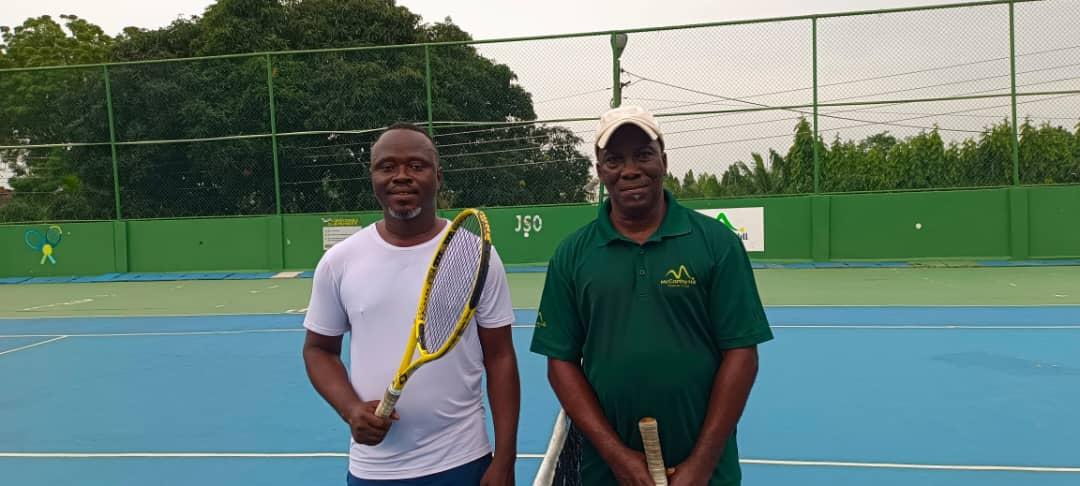Agility on the Tennis Court – Lessons in Adaptive Project Execution
On Saturday, 9th August 2025, the JSO McCarthy Hills Tennis Club commenced its 2025 Internal Rankings Tournament.
On Saturday, 9th August 2025, the JSO McCarthy Hills Tennis Club commenced its 2025 Internal Rankings Tournament. Before stepping onto the court for my first-round match, I convened a pre-game planning meeting with my personal “coaching team” — my daughter (11) and my son (10). Our agreed project execution approach was to adopt an Agile mindset, remaining adaptive to the changing “requirements” of the game and the evolving strategies of my opponent.
Kofi (Coach 1) kept the strategy simple: “Daddy, rally with him!” The stakeholder analysis was clear — my opponent, “Uncle Kris,” was a highly experienced tennis player whose capabilities I have always respected. At the project kickoff (“Love all” — score 0-0), Uncle Kris immediately took control of the project environment, dictating the game’s tempo. This forced an unplanned shift from our intended Agile approach into a fully plan-driven mode.

Under pressure, I became overly cautious, suffering from analysis paralysis, and lost focus on the agreed scope of execution. In rapid succession, the score line had deteriorated to a 3–0 deficit. My son, acting as support staff and ball boy, passed close by the playing Court (project site) and, with a stern look, delivered a critical project risk trigger alert:
“Daddy, you are not swinging!”
That one stakeholder feedback loop, reset my “project team” mindset. In less than two minutes, we recovered to 3–1, initiating a positive performance trend. By the end of the match, I had successfully closed the project deliverable with a 9–4 victory, sparking an ecstatic uproar on the Court, with post-match discussions focusing on the lessons of the Match.
To me, this experience was not just a game of tennis; it was a live case study in adaptive project management, stakeholder engagement, the power of timely feedback and one’s ability to take feedback, in changing the trajectory of an underperforming project.
Lessons Learned
1 Agility is a Competitive Advantage — But Requires Discipline
An Agile mindset is powerful, but execution discipline is what makes it effective. Without focus, agility can easily give way to reactive behavior.
2 Stakeholder Feedback Can Trigger a Turnaround
Timely, concise feedback from a trusted stakeholder can act as a course correction mechanism, saving a project from failure. We should also note, that feedback cannot be pleasant all the time – it can be harsh and difficult to swallow, but remember, the outcome of the project and the expectations of stakeholders outweigh your “inability to take constructive feedback”.
3 Do Not Abandon the Plan Too Soon
Shifting from Agile to a rigid plan-driven mode under pressure may stifle creativity and adaptability. Maintain the core strategy while adjusting tactics.
4 Emotions Influence Performance — Manage Them
Emotional reactions from stakeholders (in this case, my son’s teary eyes) can influence project morale. Recognize and respond to them constructively.
5 Respect for the Competition Doesn’t Mean Underperformance
While acknowledging the strengths of others is healthy, over-caution can create self-imposed constraints. Confidence in one’s capabilities is critical.
6 Small Actions Can Produce Big Results
Sometimes, one short, impactful message (“You are not swinging!”) can shift the entire performance curve.

Frank Owusu Asamoah
Leave a comment
Your email address will not be published. Required fields are marked *

